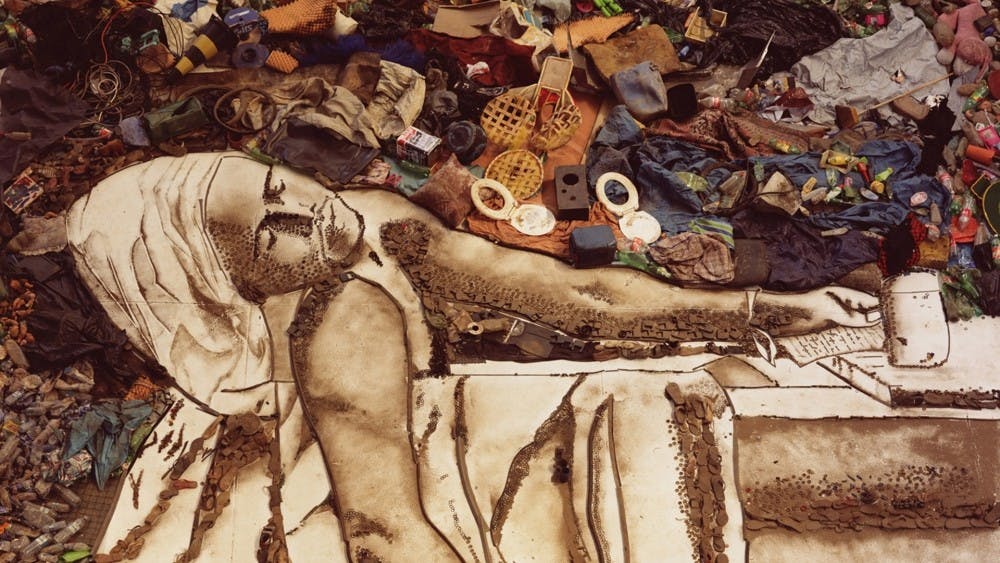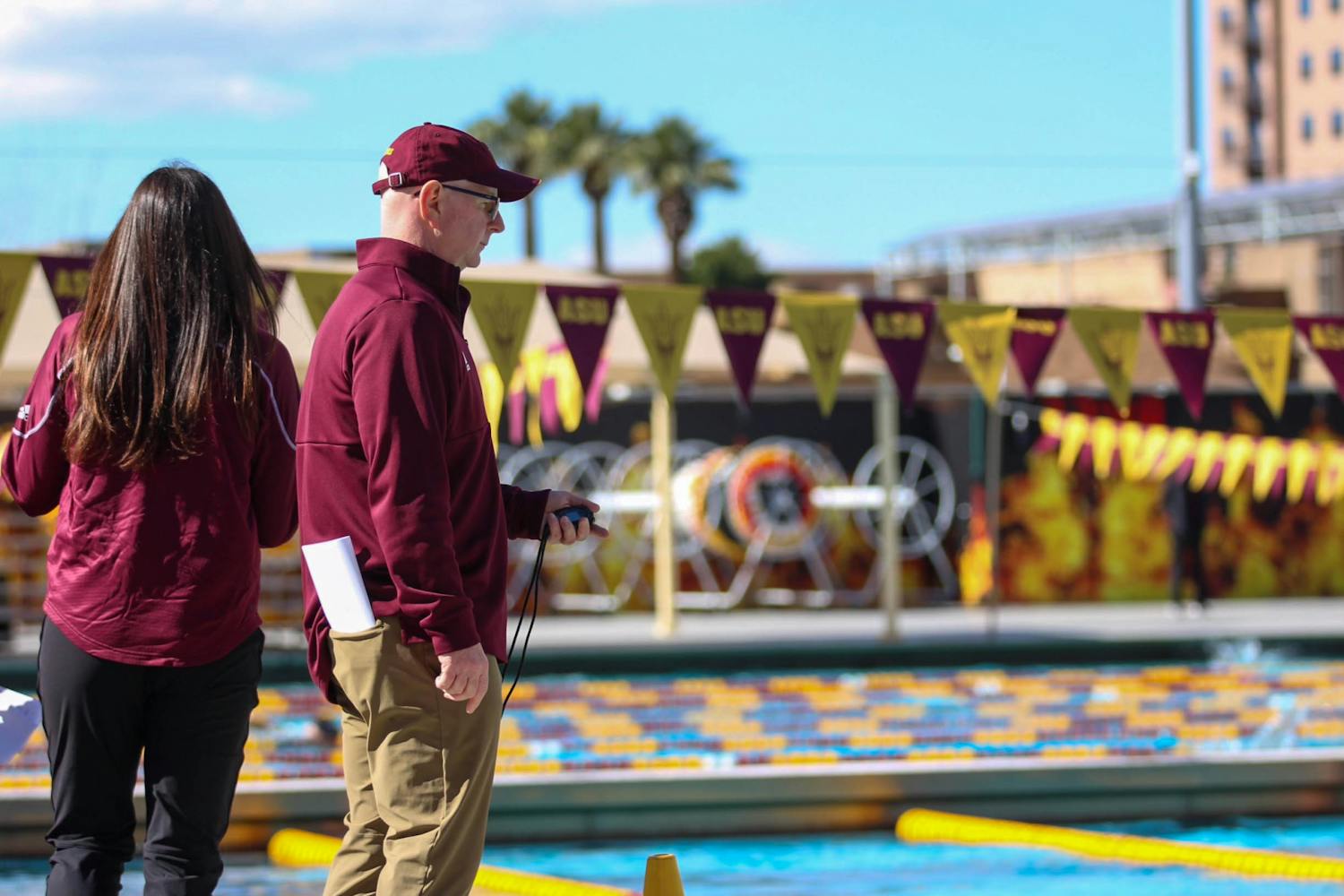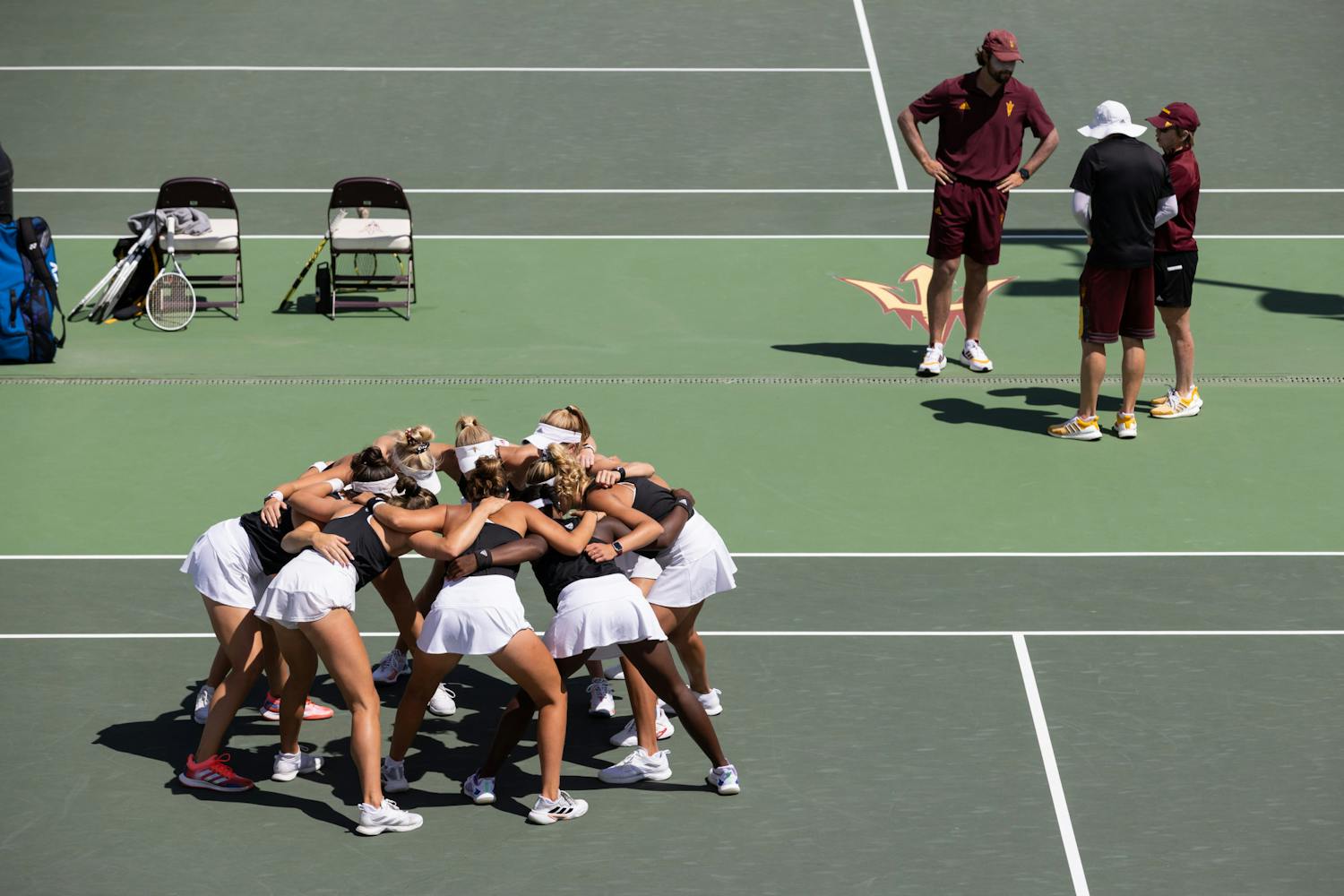According to the U.S. Environmental Protections Agency website, the average American produced 4.4 pounds of solid waste every day in 2013. Doing the math, that equals about 254 million pounds of trash in a year and the Sustainability Institute at ASU is going to be hosting a screening to discuss the issue.
Well, maybe not American waste specifically, but the Julie Ann Wrigley Global Institute of Sustainability will be hosting a free film screening this Wednesday of “Waste Land” at the Harkins Valley Art Theatre followed by a discussion.
“Waste Land” is a documentary that follows artist Vik Muniz as he travels from Brooklyn to his native Brazil and the largest trash dump in the world, Jardim Gramacho, located just outside of Rio de Janeiro, to sort through it for recyclables to turn into art.
The screening is a part of their slate of monthly free movie screenings that raise awareness of sustainability issues followed by Q&A discussions about how members of the community can get involved to improve sustainability in their hometowns.
“The film series is very popular, usually sold out,” Lauren Kuby, manager of events and community engagement at the Sustainability Institute at ASU said. “We have one or two speakers to talk after the film that are very popular.”
The screenings can vary in topic as sustainability can be broad, but the discussions help to localize the issues, a main focus for this event.
“We obviously want to showcase these really great, usually award-winning movies, but we always show a local angle and showcase what we’re doing in practice around the Valley,” Kuby said.
While these free events hold snacks for participants in the free screening, they also accept donations for the homeless population, accepting non-perishable foods and hygiene items so that they can give back to the community.
She said that the main focus of these events though is to spark people’s thought processes and get them involved.
“Not everyone learns by text or by listening people talk,” Kuby said. “People can often learn from visual images and can be stronger than any other medium. So we like to engage people through artwork, film medium… We have a professor who’s a film director, Peter Bick, and now he teaches students how to make five minute films on sustainability.”
Alana Levine, the associate director for the Zero Waste Department for ASU, will be speaking after the free screening of “Waste Land” to talk about recycling efforts already being done at ASU and to answer audience questions about reducing waste and recycling in their own lives.
“I have done a couple of their screenings and I’ve also done a couple of talks for them,” Levine said. “I’ve seen ‘Waste Land’ before and it is an incredibly inspiring movie and intersects with ASU and what we do at ASU really well.”
She said the film taps into the diversity of the people working at the landfill and all of the innovation that they have in them to turn that into a collective movement. This also relates to the work that she does with ASU.
“The number one thing that I love about my job is that we get to work across all kinds of departments and all kinds of communities at ASU and all of that goes about how we strengthen our sustainability goal,” Levine said. “That’s really inspiring.”
Levine said that the department handles the solid waste for the University and the Zero Waste Initiatives dealing with marketing, engagement, strategy and planning to help get ASU to its sustainability goals relating to its ultimate goal of zero waste.
Recycling at ASU from Zero Waste at ASU on Vimeo.
Levine said that when she speaks at screenings like these, what she enjoys is getting to answer a variety of questions from people to help them “navigate their curiosity.” What she said she really hopes to provide to them is inspiration.
“I try to inspire people hopefully a little bit when we do these talks,” Levine said. “I definitely end up answering a lot of questions from the audience.”
“Waste Land” and these free screenings aren’t the only things being done to create discussions and innovations in waste treatment at ASU. The Resource Innovation and Solutions Network (RISN) at ASU is also dedicated to the treatment of waste and creating circular economies for it.
Mara DeFilippis, project engagement manager for RISN, said that the 5-year-old project is dedicated to looking at how we do production and the resourcing of materials and how to dispose of those materials in a way that isn’t wasteful.
“Some of it is research, some of it is applied research, some of it is information and knowledge sharing,” DeFilippis said. “That’s a large part of my role is pulling that all together.”
Recently the network began launching its own incubator, with the goal of taking innovators and fostering businesses that are focused on circular economy solutions.
“It could be anything from technology for waste prevention, maybe people are sharing items rather than buying them, sorting technologies to help pull additional waste out that we can pull value from…” DeFilippis said. “So ASU has a very robust entrepreneurship and innovation program at ASU so we’ve simply tapped into everything that was already existing.”
Between film screenings, incubators and more, ASU’s sustainability program has pulled out all the stops to create a culture of sustainability at ASU and it only continues to grow.
“ASU is in it to win it when it comes to sustainability,” Levine said. “I’ve run a lot of programs at a lot of different universities and this is where I get to be the most creative and innovative. We really want to push the boundaries of what ASU is capable of and how we influence the communities around us. That’s what I wanted to do for the rest of my life.”
Reach the reporter at balnero13@gmail.com or follow @BaldnerOwen on Twitter.
Like The State Press on Facebook and follow @statepress on Twitter.




